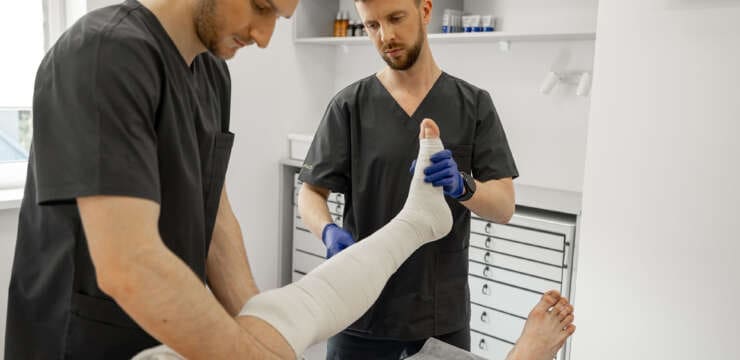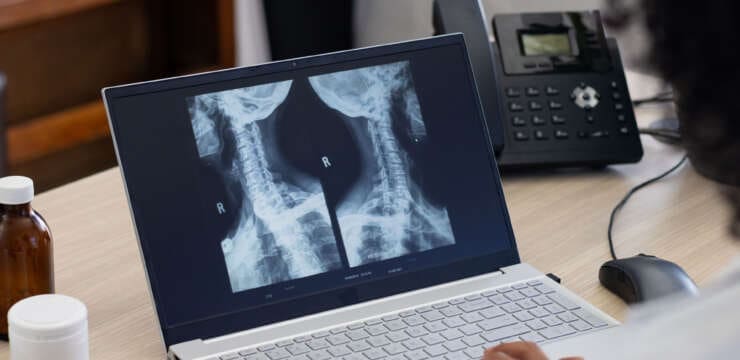Chiropractic Examination:
Health coaches guide individuals in being healthy and feeling their best. Part of being healthy is taking care of your body. Taking care of your body goes beyond diet, but physical practices as well. Chiropractic care is a great way to take care of your body to keep everything in line and order. An initial chiropractic examination for musculoskeletal disorders will typically have four parts: a consultation, case history, and physical examination. Laboratory analysis and X-ray examination may be performed. Our office provides additional Functional and Integrative Wellness Assessments in order to bring greater insight into a patients physiological presentations.
Consultation:
The patient will meet the chiropractor which will assess and question a brief synopsis of his or her lower back pain, such as:
Duration and frequency of symptoms
Description of the symptoms (e.g. burning, throbbing)
Areas of pain
What makes the pain feel better (e.g. sitting, stretching)
What makes the pain feel worse (e.g. standing, lifting).
Case history. The chiropractor identifies the area(s) of complaint and the nature of the back pain by asking questions and learning more about different areas of the patient’s history, including:
Family history
Dietary habits
Past history of other treatments (chiropractic, osteopathic, medical and other)
Occupational history
Psychosocial history
Other areas to probe, often based on responses to above questions.
Physical examination:
 We will utilize a variety of methods to determine the spinal segments that require chiropractic treatments, including but not limited to static and motion palpation techniques determining spinal segments that are hypo mobile (restricted in their movement) or fixated. Depending on the results of the above examination, a chiropractor may use additional diagnostic tests, such as:
X-ray to locate subluxations (the altered position of the vertebra)
A device that detects the temperature of the skin in the paraspinal region to identify spinal areas with a significant temperature variance that requires manipulation.
Laboratory Diagnostics:
 If needed we also use a variety of lab diagnostic protocols in order to determine complete clinical picture of the patient. Our health coach and office have teamed up with the top labs in the city in order to give our patients the optimal clinical picture and appropriate treatments.

















